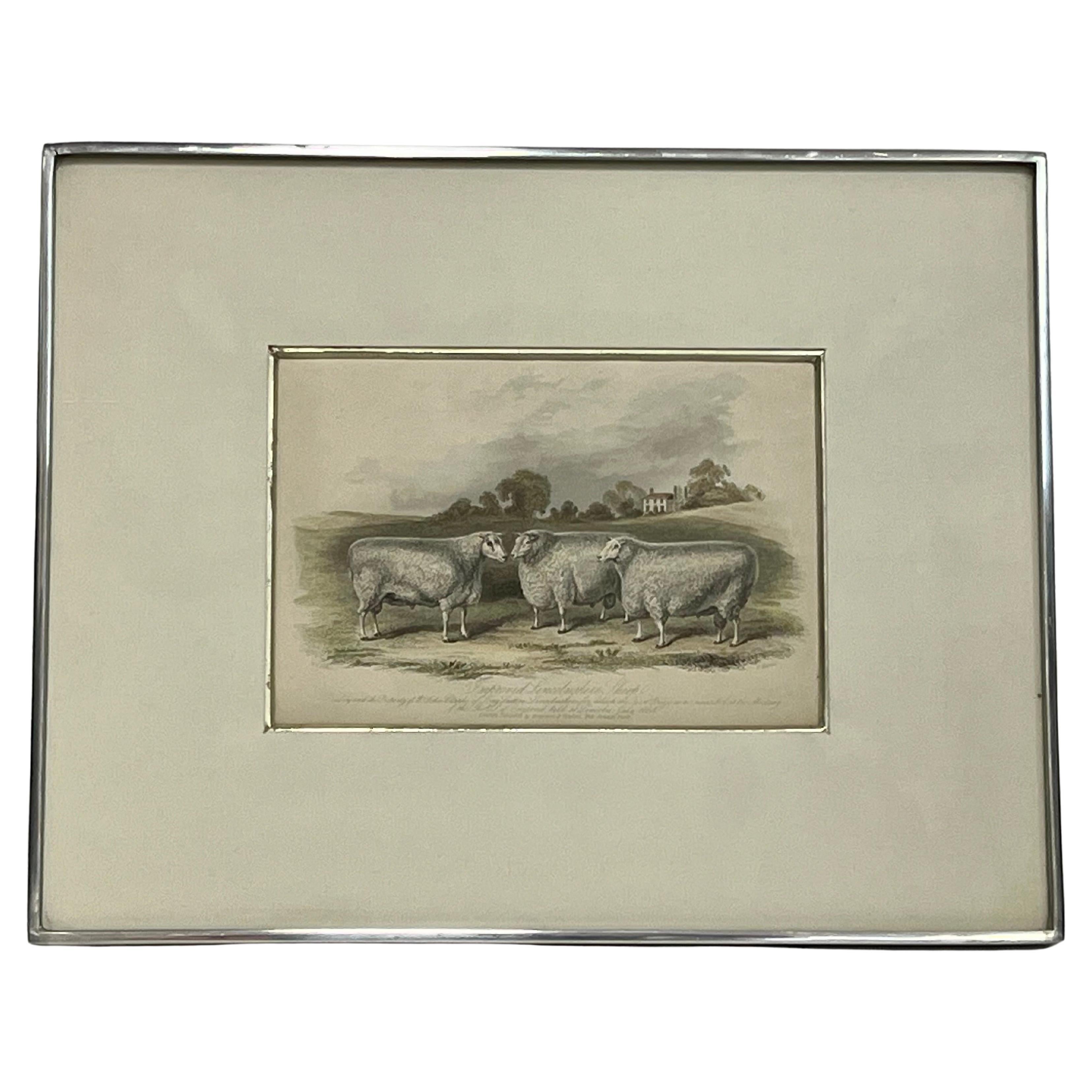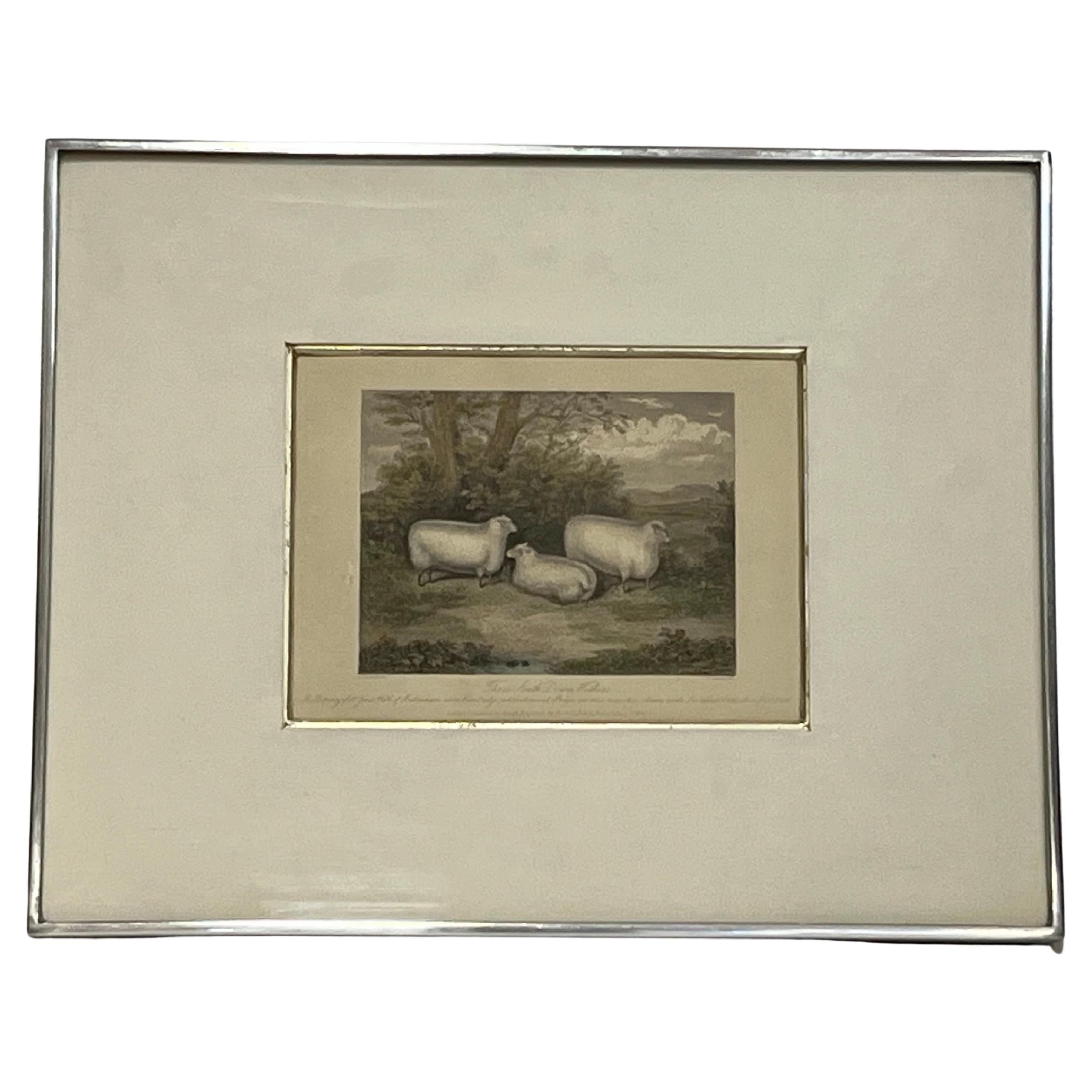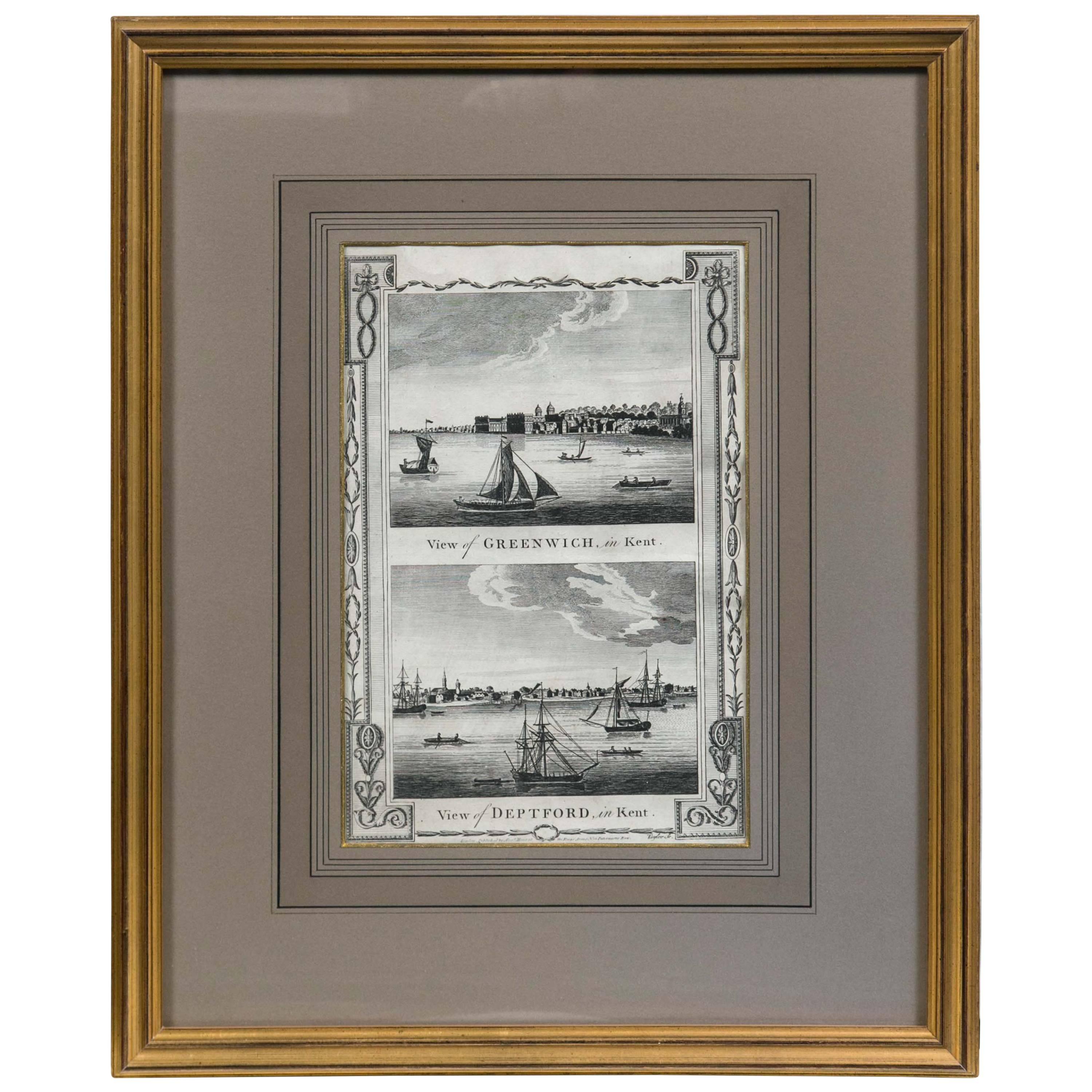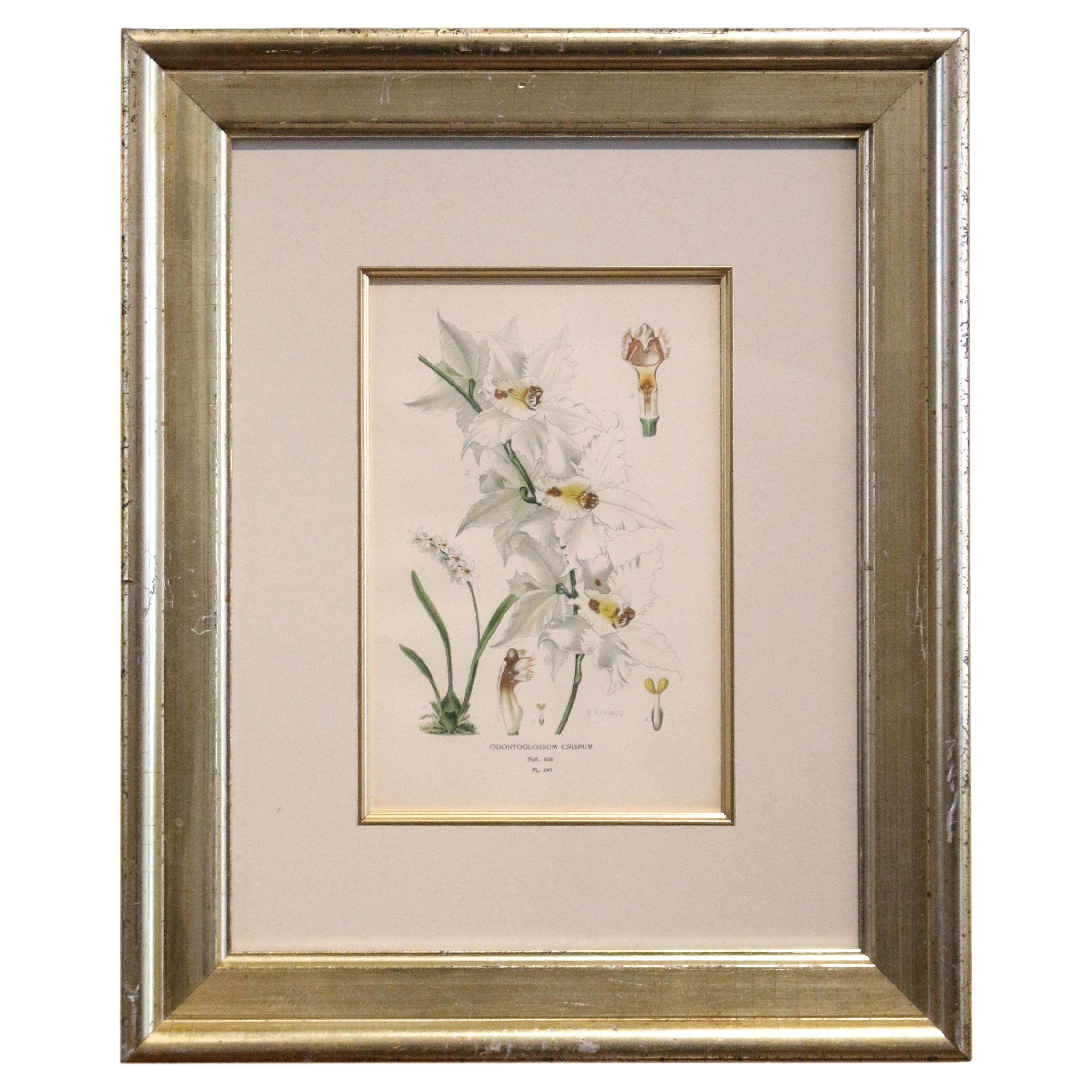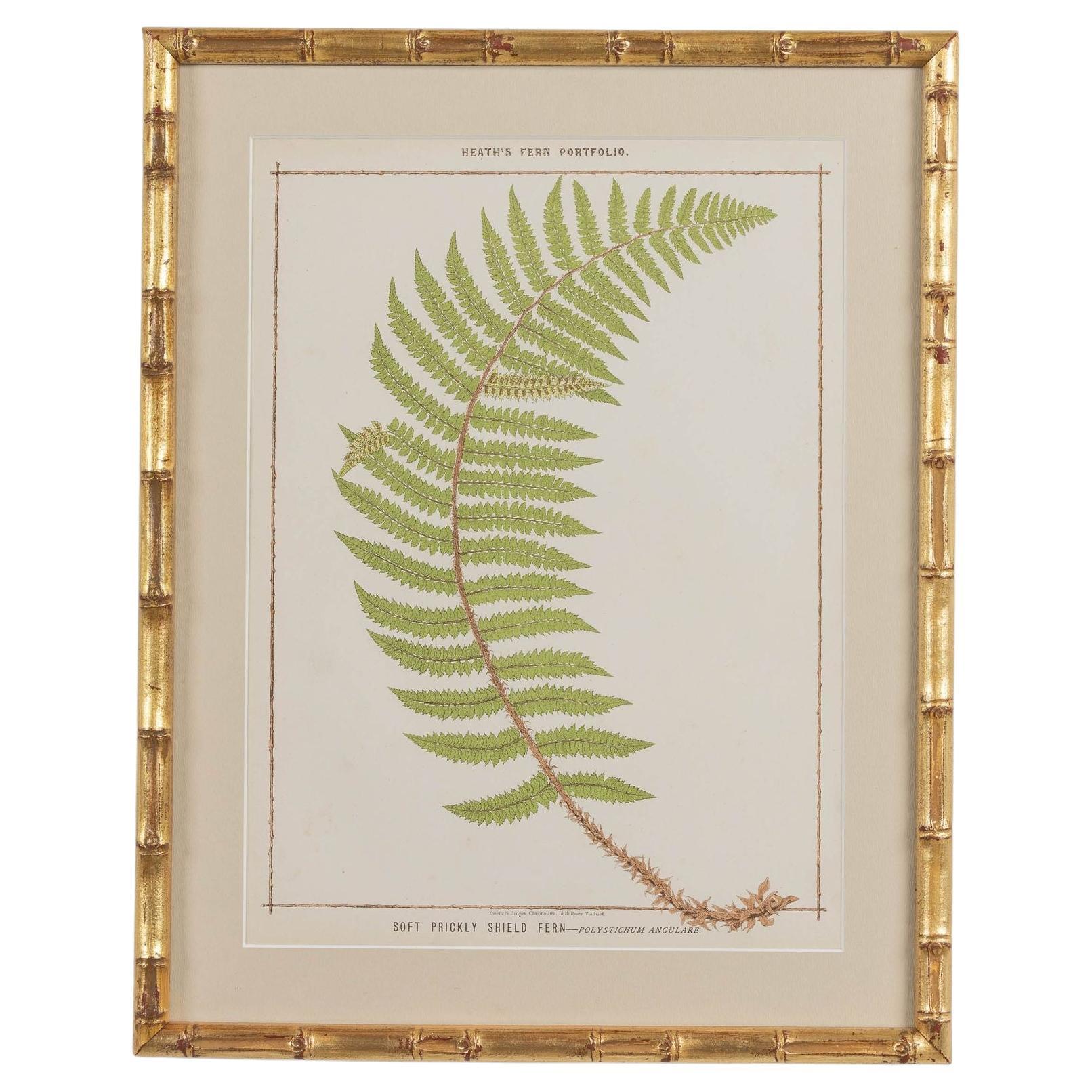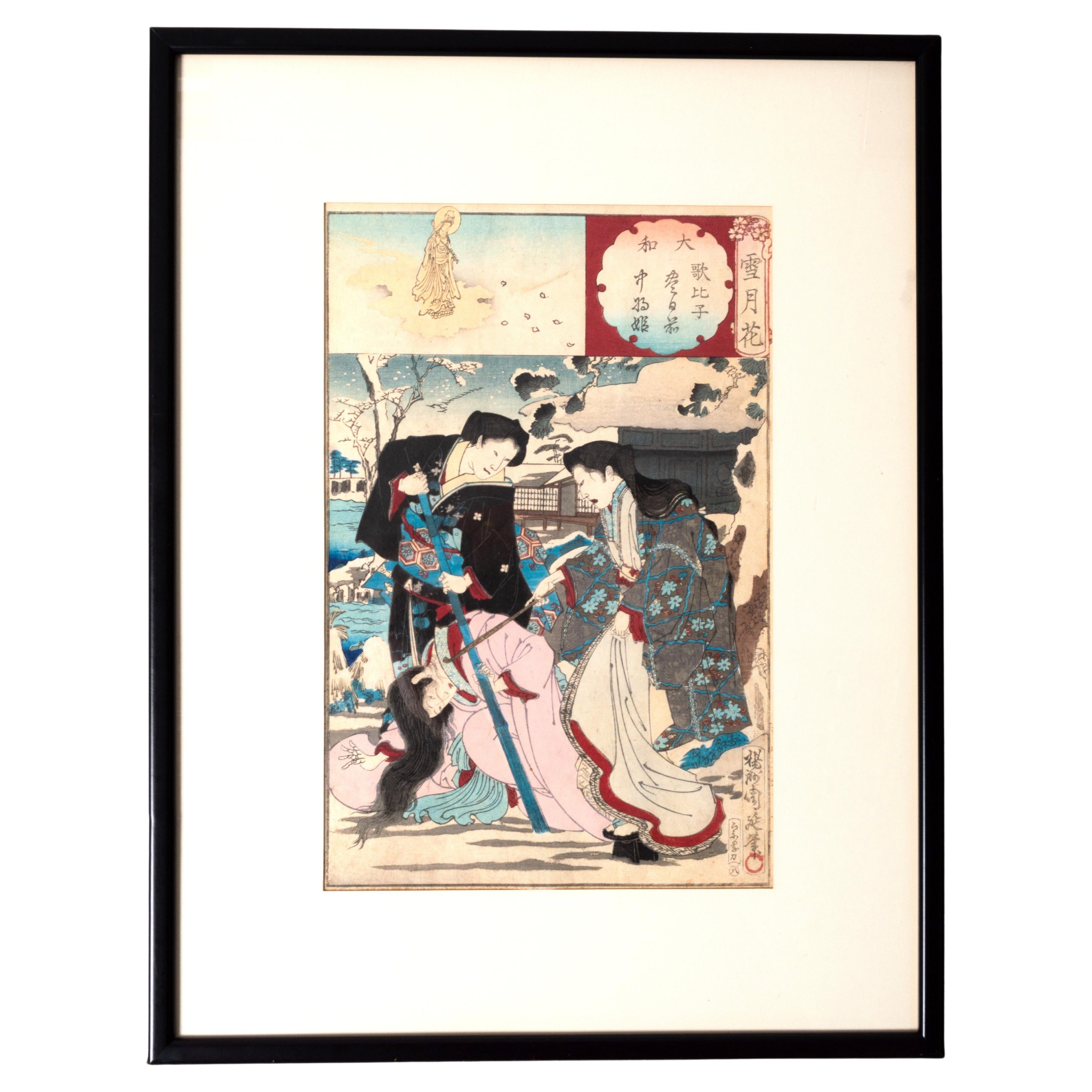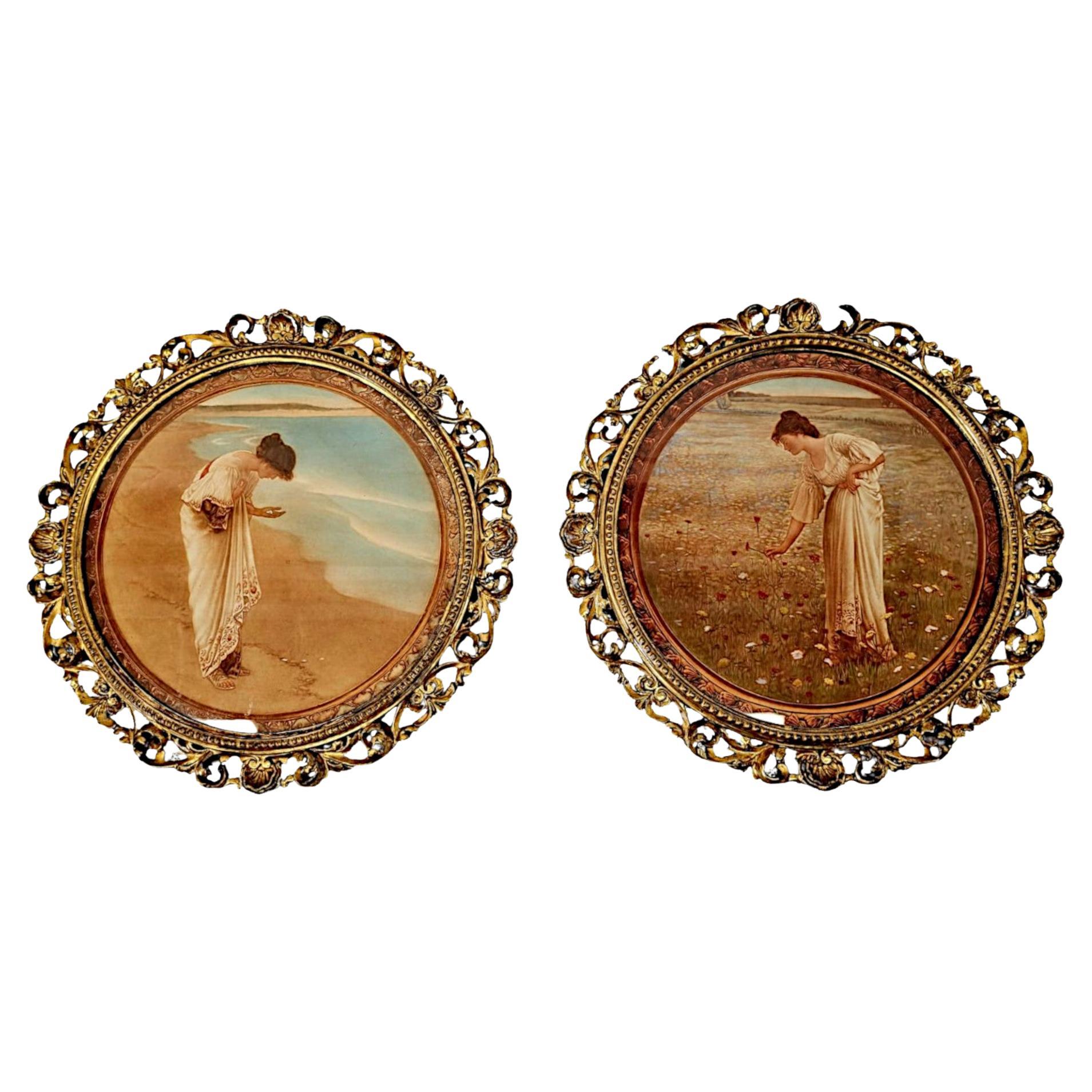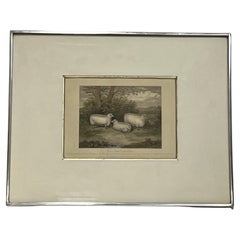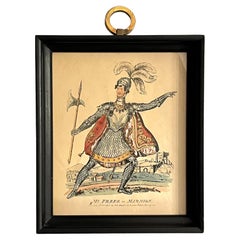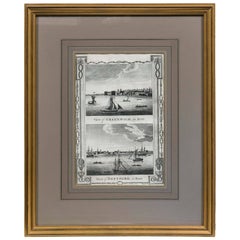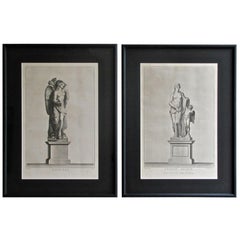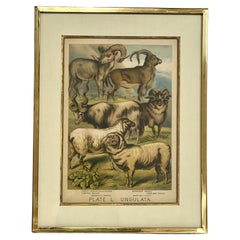
19th Century English Print by H. Johnson Plate L Ungulata Sheep in Kulicke Frame
View Similar Items
Want more images or videos?
Request additional images or videos from the seller
1 of 8
19th Century English Print by H. Johnson Plate L Ungulata Sheep in Kulicke Frame
About the Item
- Creator:Robert Kulicke (Designer)
- Dimensions:Height: 12.25 in (31.12 cm)Width: 9.5 in (24.13 cm)Depth: 1 in (2.54 cm)
- Materials and Techniques:
- Place of Origin:
- Period:
- Date of Manufacture:1880's
- Condition:Wear consistent with age and use. In good condition with age appropriate wear.
- Seller Location:Atlanta, GA
- Reference Number:1stDibs: LU7240234850722
About the Seller
5.0
Vetted Seller
These experienced sellers undergo a comprehensive evaluation by our team of in-house experts.
Established in 2002
1stDibs seller since 2022
62 sales on 1stDibs
More From This SellerView All
- 19th Century British Print of Improved Lincolnshire Sheep in Kulicke FrameBy Robert KulickeLocated in Atlanta, GAThis is where the antique mixes with the modern. Where worlds collide and give rise to something fresh, new and unique. A mid 19th Century British print presented in a Kulicke frame which had it's origins in the mid 20th Century in America. This print of Improved Lincolnshire Sheep printed...Category
Antique Mid-19th Century English Prints
MaterialsMetal
$260 Sale Price20% Off - 19th C English Print by H. Strafford of Three South Down Wethers Kulicke FrameBy Robert KulickeLocated in Atlanta, GAThis is where the antique mixes with the modern. Where worlds collide and give rise to something fresh, new and unique. A mid 19th century British print by Henry Strafford presented ...Category
Antique Mid-19th Century English Prints
MaterialsMetal
$192 Sale Price40% Off - 19th Century English Tinsel Print Portrait of Actor Retailed Saxon and ClemensLocated in Atlanta, GAA mid 19th century English full length portrait tinsel print hand colored and hand embellished, framed and retailed by Saxon and Clemens of New York City circa mid 20th century. This print depicts, "Mr. Freer as Marmion". This is one of three tinsel prints that I have available on my HKFA storefront here on 1stdibs. From the Robertson Davies Collection website, I would like to share with you this fascinating history of tinsel prints, "As the popularity of these prints became wide spread, bags of prepared tinsel decorations were sold along with the prints making them customizable by the purchaser. Thus after the tinseling process, no two prints would be identical. Tinsel prints emerged from the tradition of toy theatres. Once an appropriate model theatre was purchased, the public could buy prints depicting actors, actresses and scenery from plays that were being performed at the time and recreate those plays in their home. As the "juvenile drama" became popular, play books were published along side prints so the words of the plays could be recreated as well. While the genre flourished the desire to purchase a larger print of a specific actor or actress remained. Thus two types of theatrical prints became to be printed: those for juvenile dramas that were small and excluded specific actors names, and actors portraits that were larger and more individualized. In the larger theatrical portraits, characters were "always displayed full length" and "striking [a] habitual and dramatic pose". The 1830's marked the emergence of tinseling prints as a past time. Before this time, if an individual wished to embellish a portrait, individual sheets of metal foil would have to be purchased, measured and cut to fit an individual print. Once tinseling became common, different packages of precut tinsel (specific to the print)would be sold with each print as aforementioned. The term tinsel specifically refers to the metal sheets used to represent armor and weapons, but more broadly includes pieces of satin, silk, velvet, leather, and feathers among other embellishments. Although tinsel prints are now viewed as works of art, in the nineteenth century they were no more than a child's pastime. Most sources cite tinseling, as well as toy theatre, as being most popular among boys from the working class. Their popularity among boys could explain why male portraits were produced more frequently than female, however, it is more likely that male costumes, with their multiple pieces of armor and arms...Category
Antique Mid-19th Century English Prints
MaterialsMetal, Brass, Foil
- 19th Century English Tinsel Print Portrait of Actor Retailed Saxon and ClemensLocated in Atlanta, GAA mid 19th century English full length portrait tinsel print hand colored and hand embellished, framed and retailed by Saxon and Clemens of New York City (original paper backing has been lost to time, however this print is similar to two others both from Saxon and Clemens) circa mid 20th century. This print depicts, "Mr. Collins as Sir Reginold the Bold in the Giant of Palestine". This is one of three tinsel prints that I have available on my HKFA storefront here on 1stdibs. From the Robertson Davies Collection website, I would like to share with you this fascinating history of tinsel prints, "As the popularity of these prints became wide spread, bags of prepared tinsel decorations were sold along with the prints making them customizable by the purchaser. Thus after the tinseling process, no two prints would be identical. Tinsel prints emerged from the tradition of toy theatres. Once an appropriate model theatre was purchased, the public could buy prints depicting actors, actresses and scenery from plays that were being performed at the time and recreate those plays in their home. As the "juvenile drama" became popular, play books were published along side prints so the words of the plays could be recreated as well. While the genre flourished the desire to purchase a larger print of a specific actor or actress remained. Thus two types of theatrical prints became to be printed: those for juvenile dramas that were small and excluded specific actors names, and actors portraits that were larger and more individualized. In the larger theatrical portraits, characters were "always displayed full length" and "striking [a] habitual and dramatic pose". The 1830's marked the emergence of tinseling prints as a past time. Before this time, if an individual wished to embellish a portrait, individual sheets of metal foil would have to be purchased, measured and cut to fit an individual print. Once tinseling became common, different packages of precut tinsel (specific to the print)would be sold with each print as aforementioned. The term tinsel specifically refers to the metal sheets used to represent armor and weapons, but more broadly includes pieces of satin, silk, velvet, leather, and feathers among other embellishments. Although tinsel prints are now viewed as works of art, in the nineteenth century they were no more than a child's pastime. Most sources cite tinseling, as well as toy theatre, as being most popular among boys from the working class. Their popularity among boys could explain why male portraits were produced more frequently than female, however, it is more likely that male costumes, with their multiple pieces of armor and arms...Category
Antique Mid-19th Century English Prints
MaterialsFoil, Brass, Metal
- 19th Century English Tinsel Print Portrait of Actor Retailed Saxon and ClemensLocated in Atlanta, GAA mid 19th century English full length portrait tinsel print hand colored and hand embellished, framed and retailed by Saxon and Clemens of New York City circa mid 20th century. This print depicts, "Mr. Freer as Alonzo the Patriot". This is one of three tinsel prints that I have available on my HKFA storefront here on 1stdibs. From the Robertson Davies Collection website, I would like to share with you this fascinating history of tinsel prints, "As the popularity of these prints became wide spread, bags of prepared tinsel decorations were sold along with the prints making them customizable by the purchaser. Thus after the tinseling process, no two prints would be identical. Tinsel prints emerged from the tradition of toy theatres. Once an appropriate model theatre was purchased, the public could buy prints depicting actors, actresses and scenery from plays that were being performed at the time and recreate those plays in their home. As the "juvenile drama" became popular, play books were published along side prints so the words of the plays could be recreated as well. While the genre flourished the desire to purchase a larger print of a specific actor or actress remained. Thus two types of theatrical prints became to be printed: those for juvenile dramas that were small and excluded specific actors names, and actors portraits that were larger and more individualized. In the larger theatrical portraits, characters were "always displayed full length" and "striking [a] habitual and dramatic pose". The 1830's marked the emergence of tinseling prints as a past time. Before this time, if an individual wished to embellish a portrait, individual sheets of metal foil would have to be purchased, measured and cut to fit an individual print. Once tinseling became common, different packages of precut tinsel (specific to the print)would be sold with each print as aforementioned. The term tinsel specifically refers to the metal sheets used to represent armor and weapons, but more broadly includes pieces of satin, silk, velvet, leather, and feathers among other embellishments. Although tinsel prints are now viewed as works of art, in the nineteenth century they were no more than a child's pastime. Most sources cite tinseling, as well as toy theatre, as being most popular among boys from the working class. Their popularity among boys could explain why male portraits were produced more frequently than female, however, it is more likely that male costumes, with their multiple pieces of armor and arms...Category
Antique Mid-19th Century English Prints
MaterialsBrass, Foil
- Monumental French Color Print by Henri Riviere Late 19th or Early 20th CenturyLocated in Atlanta, GAA late 19th or early 20th Century monumental color print by French artist Henri Riviere (1864 - 1951). The print shows a man and his horse in the French countryside, haystacks visibl...Category
Early 20th Century French Prints
MaterialsPlexiglass, Wood, Paper
$1,196 Sale Price20% Off
You May Also Like
- Framed Print, English Harbor Views, Early 19th CenturyLocated in Chappaqua, NYFramed print of English Harbor views, early 19th century, "View of Greenwich in Kent and View of Deptford in Kent." Custom frame and mat.Category
Antique Early 19th Century English Prints
MaterialsPaper
- Late 19th Century Botanical Chromolithograph Print in Gilt FrameLocated in Chapel Hill, NCLate 19th century botanical chromolithograph print in gilt frame, Odontoglossum Crispum. From an illustration by B. Herincq. Document taped en verso: "Favourite Flowers of Garden And...Category
Antique Late 19th Century Unknown Prints
MaterialsGlass, Wood, Paper
- Pair of 19th Century Neoclassic Framed PrintsLocated in Palm Springs, CAPair of 19th century neoclassic steel engraving prints. Professionally matted and framed.Category
Antique 19th Century Prints
MaterialsWood, Paper
- 19th c. Framed English Chromolithograph FernLocated in Wichita, KSA beautiful collection of four chromolithographs from the 19th c. by Francis George Heath. Archival quality framing with archival matte front and back, protecting the original, antiq...Category
Antique 19th Century English Prints
MaterialsGlass, Wood, Paper
- Two Prints Depicting Late-19th Century Fashion Framed in WoodLocated in Opole, PLTwo Prints Depicting Late-19th Century Fashion Framed in Wood We present you these two German prints depicting the 19th-century women’s fashion for different seasons. The prints hav...Category
Antique Late 19th Century European Prints
MaterialsWood, Paper
- Two Prints in Dark Frame Depicting Late-19th Century FashionLocated in Opole, PLTwo Prints in Dark Frame Depicting Late-19th Century Fashion We present you these two German prints depicting the 19th-century women’s fashion.Category
Antique Late 19th Century German Prints
MaterialsGlass, Wood, Paper
